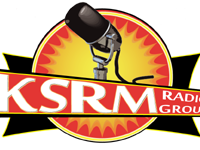Members of the Kenai Peninsula Borough Healthcare Task Force heard the pros and cons of three recommendations for local medical providers during Wednesday night’s meeting.
Director Eric Shell with Stroudwater Associates says the recommendation of a regional alignment for peninsula healthcare providers is the best option to govern decisions locally, reduce costs, and increase the value of care.
Shell: “That is a vehicle to start to establish a working relationship trust, to initially create some savings for the organizations to increase their financial viability but over time allow them to be flexible enough to address the changing payment systems that are going to be on the horizon.”
The healthcare payment system in the U.S. is changing from the fee for service model to a population health payment system.
Shell: “The fee for service payment system actually is a system that pays for the more we treat people the more we get paid. The inherent incentives there is really around a sick-care model. A population health payment system is where a patient is assigned a budget, a dollar amount or capitated payment amount, in which is a system aggregates enough patients it doesn’t get paid by doing more sick-care, it allows the organization to focus on getting healthy because it’s getting a fixed budget.”
While transitioning to the new payment model may seem like one step, Shell says it’s a process that could take up to ten years to achieve.
Ultimately it would include all home healthcare providers, private physicians, and health service clinics on the peninsula, even if initial steps only look at a more cohesive approach through Seward, Homer, and Soldotna’s hospitals.
The Task Force directed members to discuss the recommendations with the three hospital boards and report the results of discussions at the next task force meeting.

